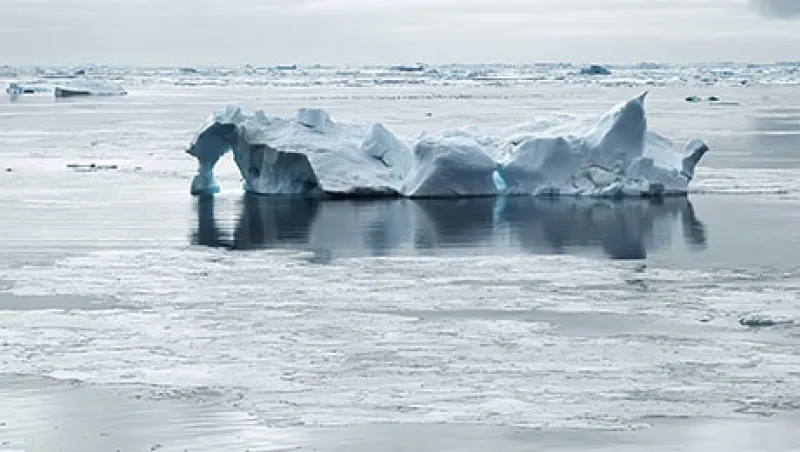
Climate-Change Talks Could Pave the Way for Private Investment
Institutional investors hope the upcoming U.N. Climate Change Conference will make it easier to back projects that combat global warming.
Katie Gilbert
March 11, 2015


